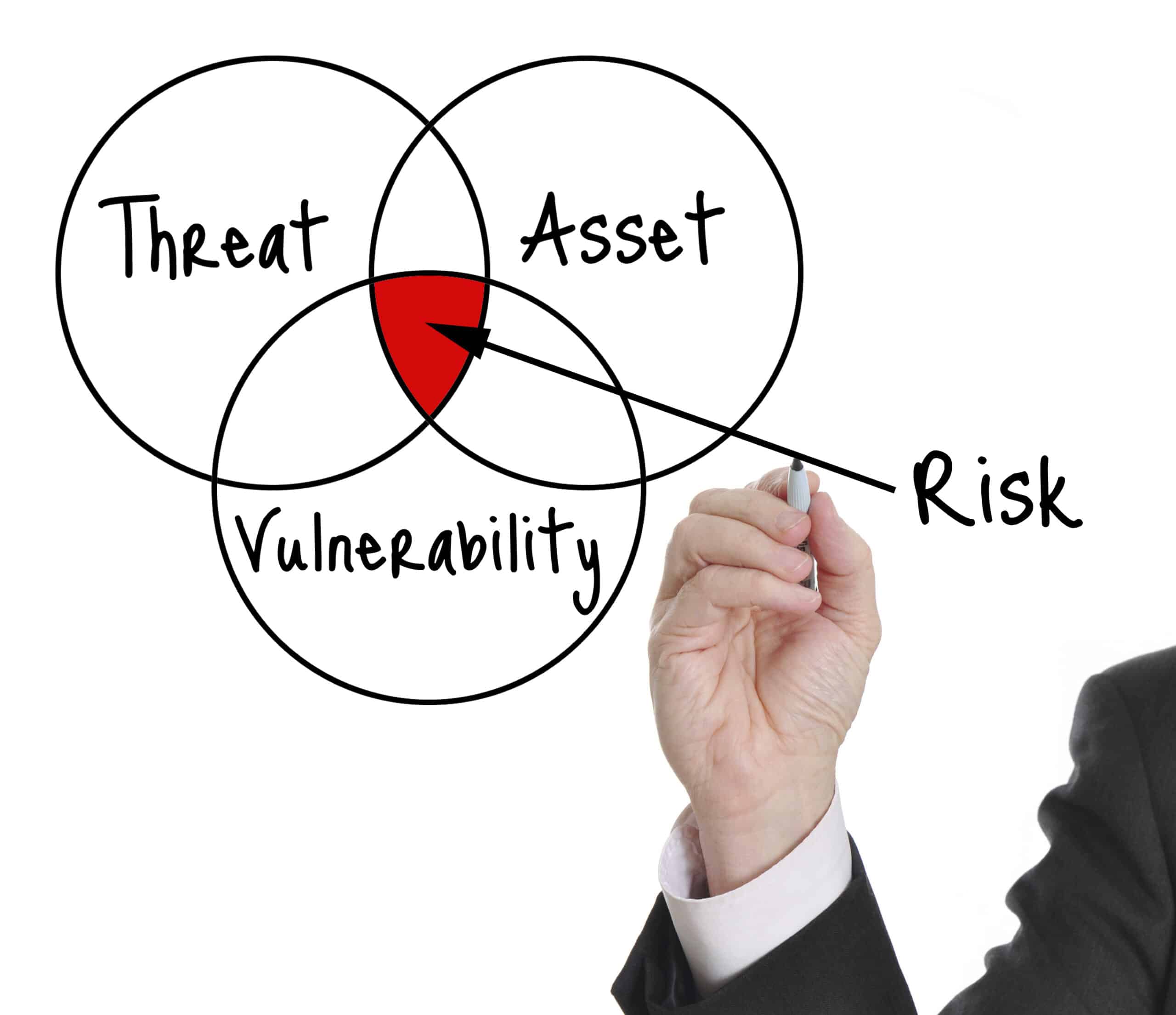By this point, your company should know why it’s important to manage risk and invest time and money into business continuity. What many businesses fail to realize, though, is how vulnerable they are due to the third parties and vendors they work with.
Here is some important information that you need to be aware of regarding third-party risk:
- Most companies rely on third parties. A recent survey found that two-thirds of all companies rely extensively on third parties, and another 34% rely moderately on them. In fact, only 1% of all companies operate independent of third-party vendors.
- Most global data breaches occur due to a vendor. An investigation was conducted on 450 major data breaches that happened in 2013, and researchers found that 63% were a third-party’s fault.
- We don’t have a clear consensus on why this happens. A study completed by the Ponemon Institute regarding the main causes of data breaches came back inconclusive. Malicious attacks, negligence and human error, and system glitches all caused about one-third of the breaches, which means that you need to equally focus on all three.
It’s clear that managing your third-party vendors is just as important as managing your own internal risk. The problem is that it’s much more difficult to assess and manage the risk of another company than it is your own. To help you out, we have put together eight important things you must ask at when assessing third-party risk.
1. What Do Our Service Agreements Say?
Managing your contracts is one of the most important aspects of managing your vendors. Avoid using lower end solutions, as they’re usually difficult to pull and often incomplete – usually, they highlight the most important information, like renewals and expiration dates.
You’ll want to initially review your contracts to see how they store and secure your valuable information, and whether or not they’re liable for breaches that affect you. You should continue to review these every year or two to ensure that they’re keeping up to date with the latest security standards.
2. Are Our Solutions Intuitive For Vendors?
If your risk management solution confused your vendors, it’s not going to produce the results you want. Your company can figure out how to use a convoluted system, but your vendor is managing many different clients. They’re not going to have the chance to master your processes if they’re too involved.
For best results, include your vendors as you implement a third-party risk management solution. Make sure they’re onboard and know how to handle everything and you’ll have a much more reliable and efficient solution.
3. Are We Focused on the Most Important Relationships?
Before taking the time to measure the risk factors for every single third-party vendor, you need to prioritize a bit. Managing all of your vendors is a monumental task, so it’s better to focus on the most important third-parties first. Do this by taking a look at your most critical business processes, and identifying which third-parties are closely involved in them. Get started by investing most of your efforts with these vendors before branching out and managing the less involved ones.
4. How Do We Measure Third Party Risk?
Since there are many different factors that lead to third-party breaches, you need to measure every risk factor for each vendor. Your assessment needs to include a wide variety of metrics, compiling a score for each third-party to see how risky or safe they really are. Some of your metrics should include:
- How risky each vendor is as a business. This includes traditional geopolitical risk factors.
- The information that each vendor is exposed to.
- Who has access to your information in their organization.
- How your information is stored by their organization.
5. Do I Know How Each Vendor Secures Our Information?
It’s not enough to know how risky your vendors are, or what they’re contractually obligated to do. You need to know their specific controls and processes. Speak with your vendors to find out what controls they have already implemented, and how effective they are. See if they’re willing to collaborate with you to find a way to mitigate risk even further.
Get started by having each third-party cover how they handle risk prevention, detection, and response. The conversation should flow naturally from there.
6. What Are Our Escalation and Governance Processes?
Your company has many different departments and employees managing their third-party vendors, so it’s important to have a centralized governance for third-party risk. Typically, this is handled by your IT department. Give them the power to make important risk decisions, including whether or not a vendor is too risky to deal with. By providing a single team ownership of the process, manageability will be simple and accountability will be clear.
7. Do We Have the Tools We Need?
A clear risk management process with thorough assessments, clear governance, and third-party buy-in can only be as successful as the tools supporting it. Make sure your organization has everything it needs to track and maintain risk analysis data, make the workflow easy to manage, and help your management by providing them with up-to-date, actionable recommendations. Usually, this is handled by several different solutions, but your best bet is finding a risk management partner who can assist you with all three.
8. Have We Developed Processes That Enable Constant Improvements?
Like any other business process, you need to make sure your third-party risk management is scalable, sustainable, and open to continual improvements. Make sure that you are constantly evaluating each vendor’s risk score and the effectiveness or your program. Speak with your vendors regularly about any potential threats to their business or yours, and bring in a risk consultant to help you review everything once every couple years.
If you need assistance assessing and managing your third-party risk, we’re here to help. Make sure to secure your workplace from internal and external threats by reaching out to us today!
Can we help you?
We’ve developed the Third Party Risk Management programs used by many members of the Fortune 500, helping to reduce their risk from disruptions many weren’t even previously monitoring. We can do the same for you.
Contact us online or give us a call at +1.612.235.6435 and we’d be happy to talk further about how we can assist you with your current challenges.


 How to sell your business continuity program to senior executives
How to sell your business continuity program to senior executives